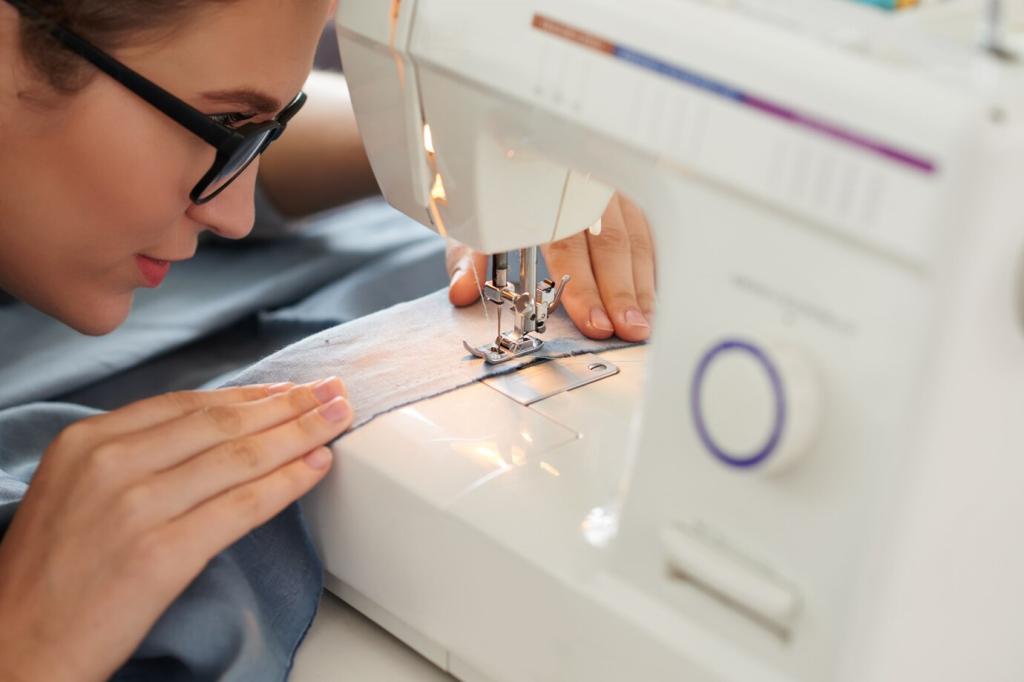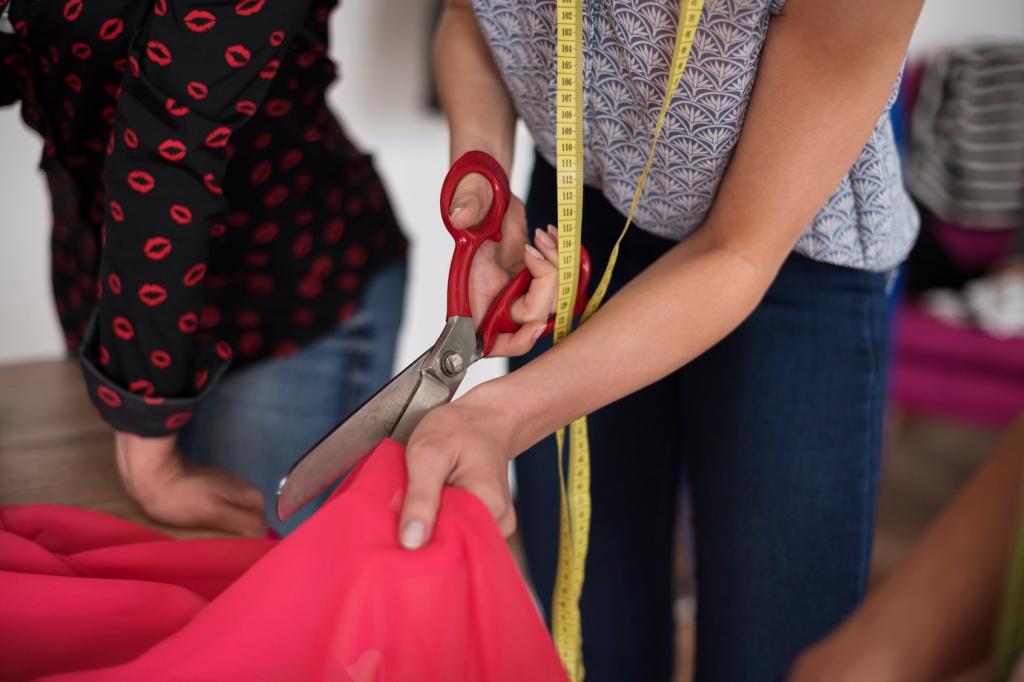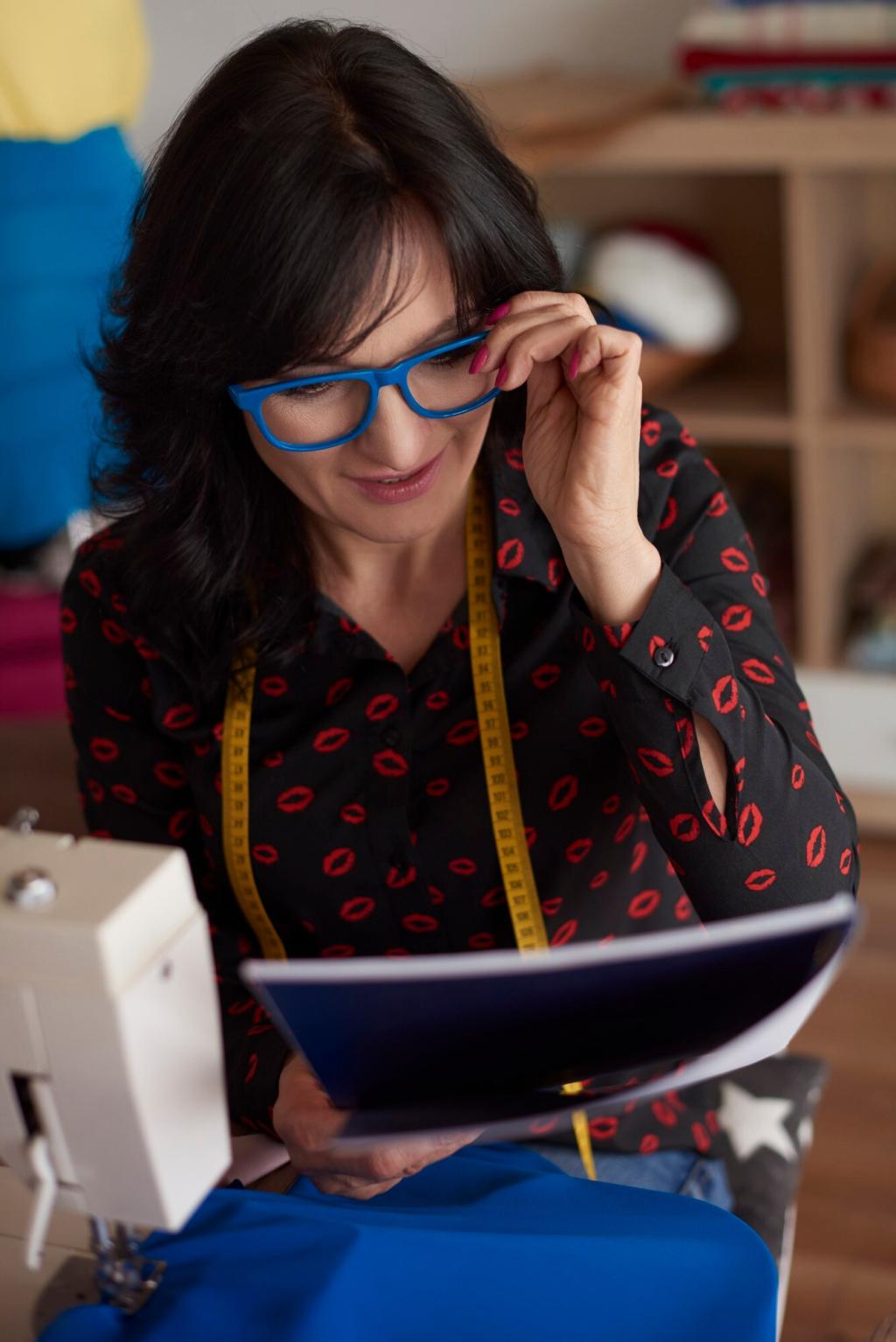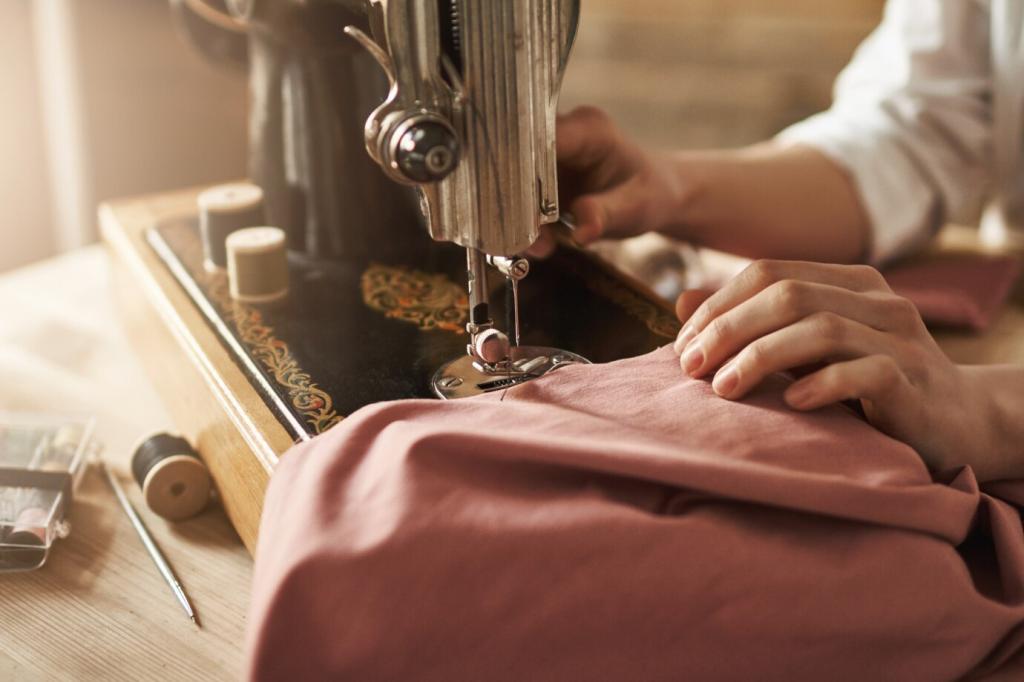Easy Hand Sewing Projects for Starters
Embarking on hand sewing is both rewarding and accessible, making it perfect for beginners seeking a creative outlet. This guide explores a collection of beginner-friendly projects and essential tips to ensure your first stitches are successful. Mastering hand sewing opens the door to endless possibilities, whether you’re looking to repair, create, or simply unwind with a mindful craft.

Previous
Next
Choosing the Right Tools for Hand Sewing
Understanding which needle to use isn’t just a detail; it’s a fundamental part of making your sewing experience smooth and enjoyable. Sharps, embroidery needles, and tapestry needles each suit different materials and thread types. Beginners may want to start with a universal sharp needle for cotton and light fabrics, but knowing the variety will help you adapt as your projects grow in complexity. Over time, learning the strengths of each needle type can transform simple tasks into beautifully finished pieces.
Mastering Basic Hand Stitches

Running Stitch
The running stitch is often the first hand stitch taught to beginners because of its simplicity and versatility. Used to join fabrics, gather material, or serve as a decorative element, this stitch forms a dashed line and is easy to control. By spacing your stitches evenly, you develop hand-eye coordination and set the stage for neater, more professional projects in the future.

Backstitch
Backstitching is crucial for creating strong, durable seams by overlapping stitches for reinforcement. This stitch is slightly more complex than the running stitch, yet it’s simple enough for newcomers. Practicing backstitching not only boosts your stitching skills but is also handy for repairs and strengthening seams in bags, garments, or accessories.

Whip Stitch
A whip stitch binds fabric edges together securely, making it perfect for joining felt, hemming, or closing seams on soft crafts. By bringing the needle around the fabric edge with each stitch, this technique is both decorative and functional. With a bit of practice, the whip stitch can quickly tidy up raw edges and become a go-to for finishing projects neatly.
Creating Simple Projects with Felt

Crafting a felt bookmark introduces you to measuring, cutting, and using basic stitches. With a simple rectangular shape, you can practice keeping your lines straight and stitches even. Add personal flair by sewing on shapes or initials using contrasting thread, which enhances both your technique and creativity. By the project’s end, you’ll have a functional, attractive item to enjoy during your next reading session.
Exploring Easy Fabric Accessories
Fabric Keychains
Making fabric keychains challenges you to work on a small scale, improving your precision and control. Combine small fabric scraps, sew them together, and add stuffing or interfacing for durability. You can attach these personalized keychains to bags or keys, and they make thoughtful homemade gifts. The process helps reinforce sewing straight seams and securely fastening multiple layers.
Simple Drawstring Bags
Constructing a drawstring bag teaches you how to sew seams, create channels, and add functional details like ties. It’s a hands-on way to learn how small changes in construction can make your sewing more practical. Experiment with finishing edges and threading cords through fabric, expanding your arsenal of sewing skills.
Fabric Hair Scrunchies
Sewing hair scrunchies offers a satisfying introduction to working with soft, stretchy fabrics. This project involves measuring, sewing tubes, turning fabric, and inserting elastic. The process hones your attention to detail and ability to follow construction steps, resulting in a fun accessory that you’ll use every day—or give as a customized gift.
Basic Embroidery Stitches
Start with classic stitches such as the satin stitch, lazy daisy, and French knot. Each one brings distinctive texture and character to your projects. With only needle and thread, you can create vivid floral motifs, simple monograms, or geometric borders. Practicing embroidery stitches is a relaxing way to add individuality to every project you make.
Embellishing Edges and Seams
Decorating edges with embroidery offers protection from fraying and an attractive finish. Techniques like blanket stitching, scalloping, or adding tiny motifs along seams elevate even the simplest crafts. These details transform practical projects into cherished pieces and encourage your growth as a confident stitcher.
Lettering and Simple Motifs
Personalizing your projects with hand-stitched words, initials, or basic symbols brings a homemade touch. Learning to plan and execute neat lettering or charming icons like hearts and stars introduces you to outlining and filling shapes, essential skills as you advance into more detailed embroidery.
Replacing a button is a foundational repair skill every beginner should master. This task teaches you to thread a needle, secure stitches, and create a sturdy stem to support the button. The process builds dexterity and confidence, making it easier to tackle more involved repairs and garment constructions later on.
Repair and Upcycling Projects for Practice

Tips for Improving Your Hand Sewing Skills
Focusing on even stitch length and spacing ensures that projects look neat and professional. Using guides like penciled lines or counting fabric threads can help at first. Consistency comes with repetition, so try practicing on scrap fabric until you feel confident moving onto your actual projects. Developing this habit early sets the stage for more complex sewing as you progress.
